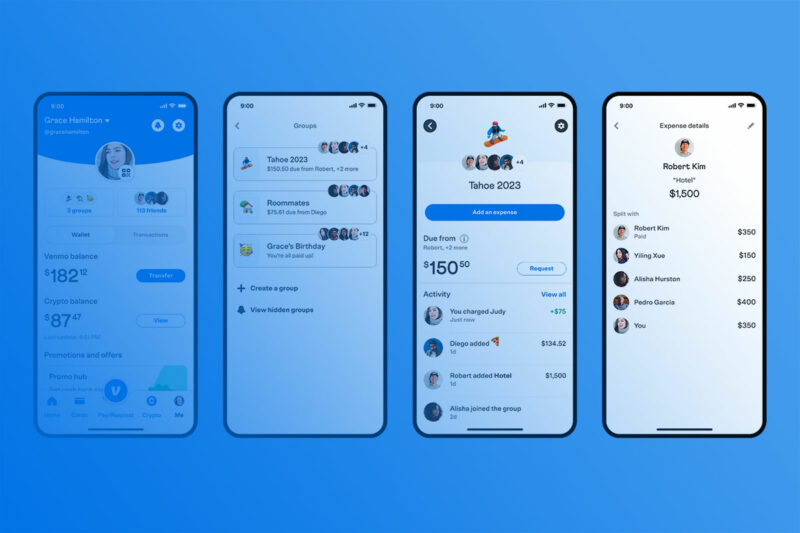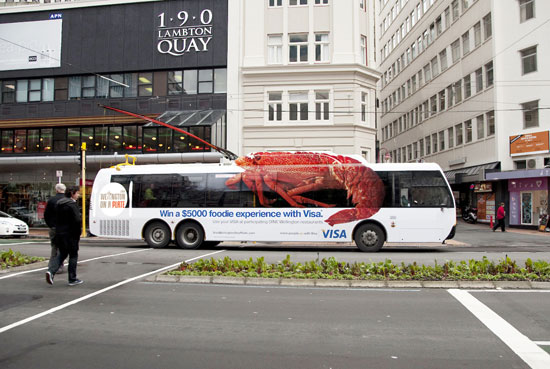Sexist Ads: Challenging Gender Stereotypes in Advertising

Imagine peeling back an ad’s glossy facade, only to find the murky depths of outdated norms staring back. Sexist ads—they’re more than just an unpleasant sideshow in the media circus; they’re a persistent echo of gender bias clinging to the skirts of modern society.
In this pixelated landscape, we navigate around the gender stereotypes and discriminatory tropes that have long overstayed their welcome.
It’s time to dissect how objectification in media and misogynistic advertising ripple through our culture, shaping perceptions and dimming the glow of gender equality advocacy groups’ hard-fought progress.
You’re here because recognizing the subtleties between empowerment and exploitation is crucial. By the conclusion of this piece, you’ll be armed with the discernment to spot and challenge sexism in marketing.
We’ll unravel the tapestry of controversial campaigns, sift through the ethics of our industry, and spotlight diversity and inclusivity in ads. Join me in painting a new picture—one stroke of awareness at a time.
Sexist Ads Examples

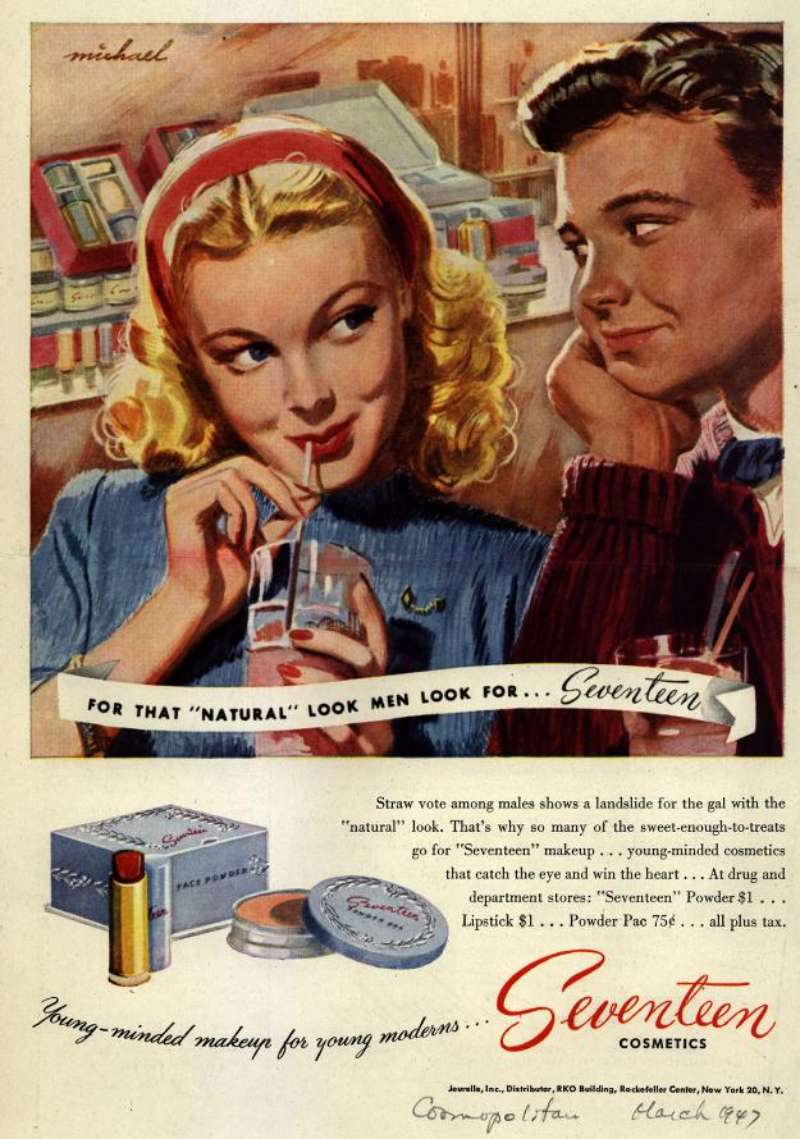

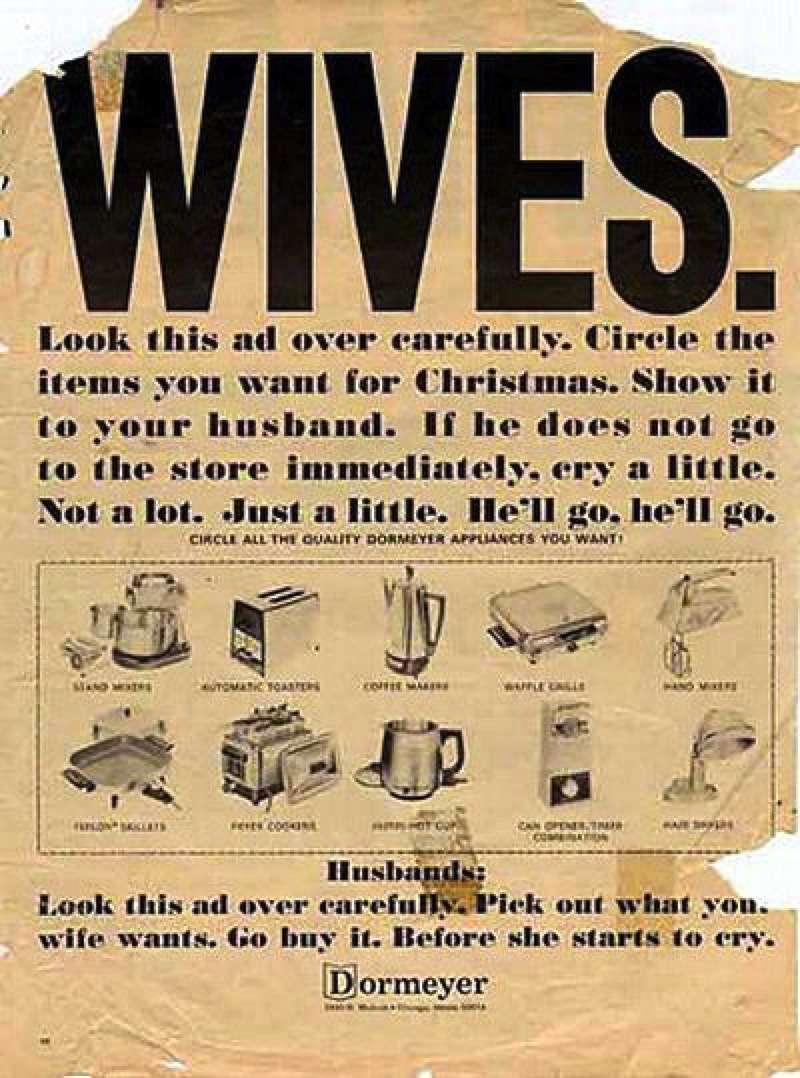
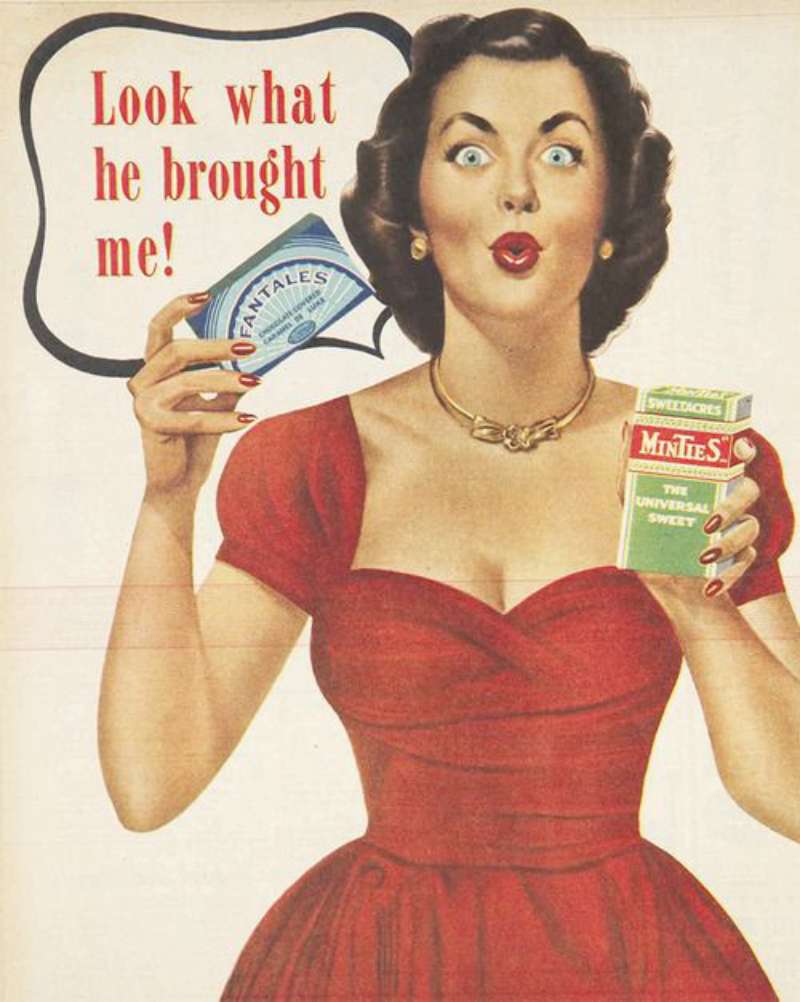
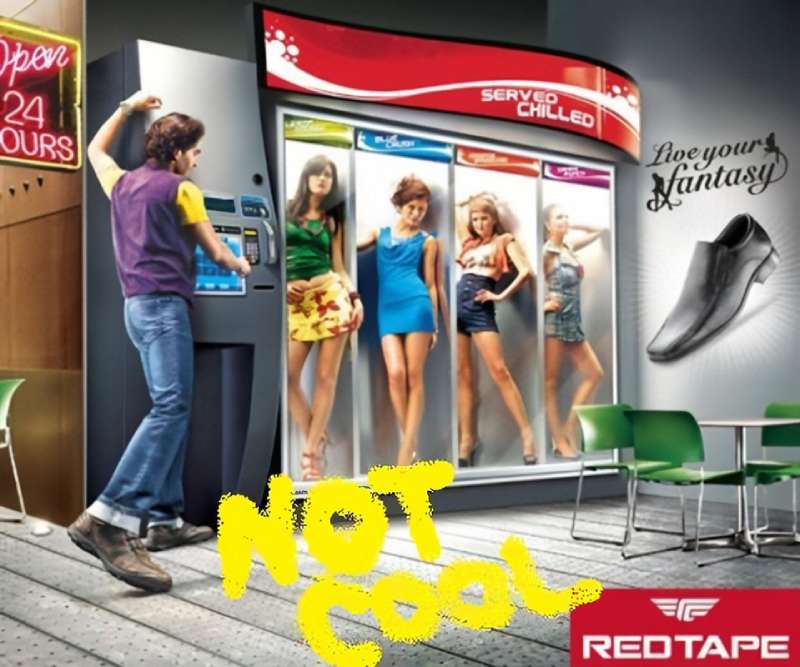
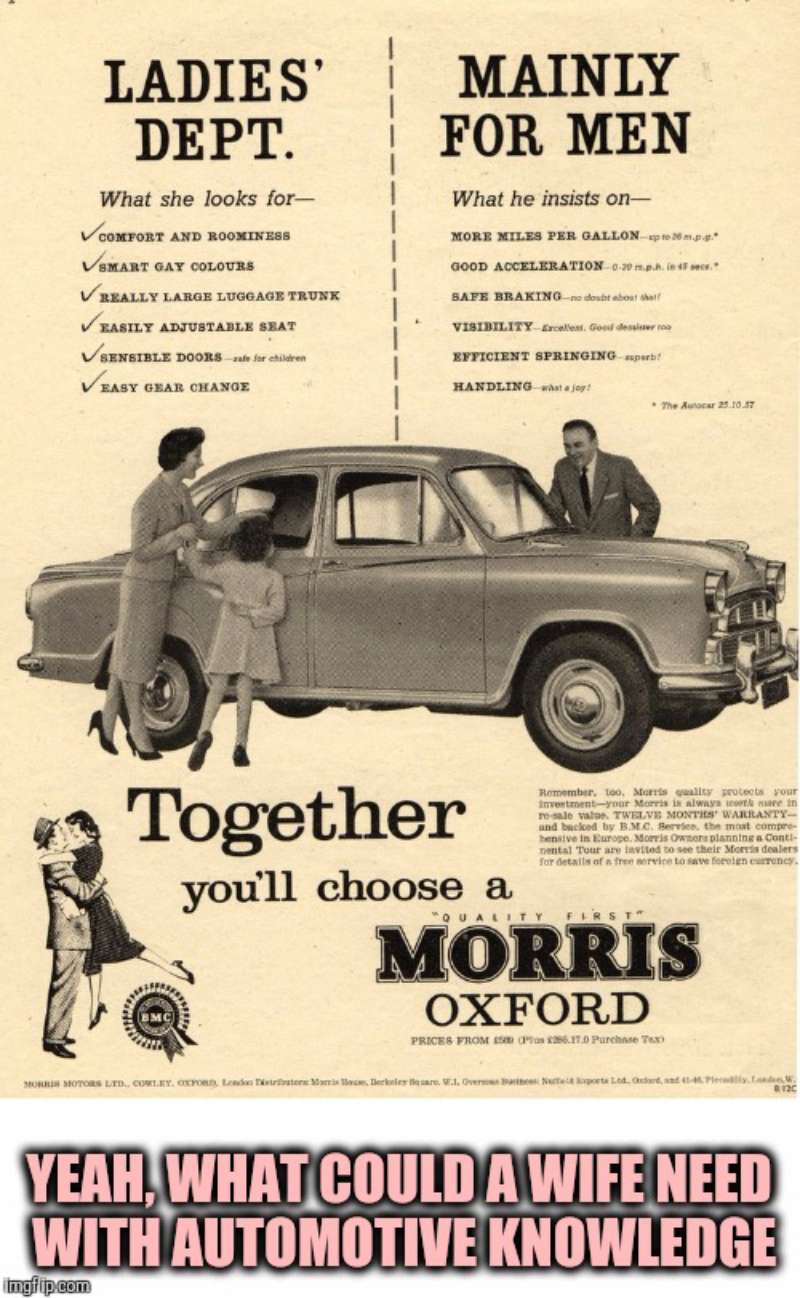
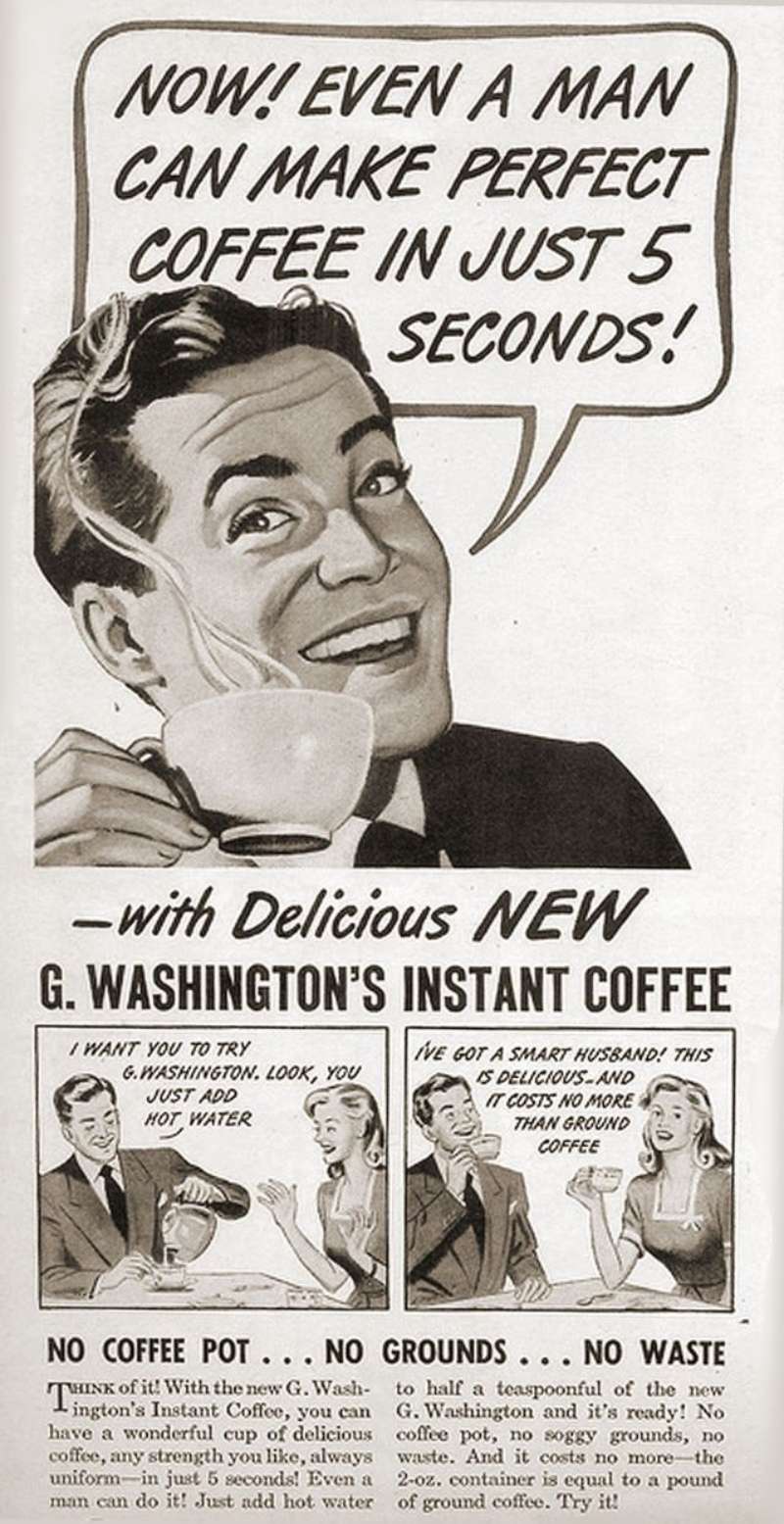
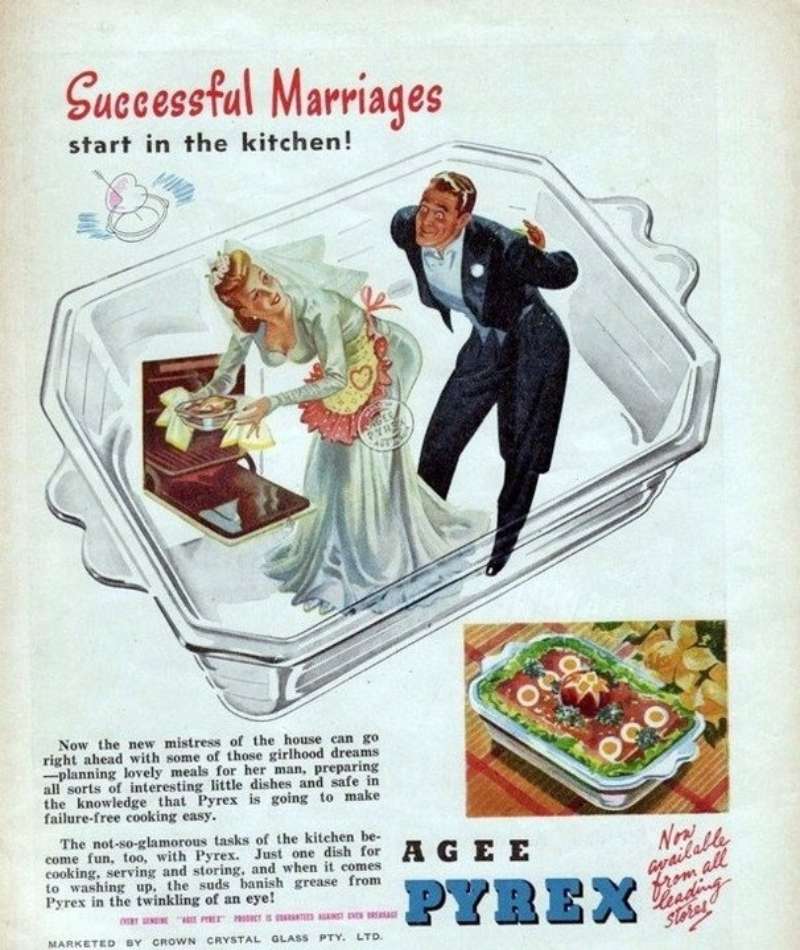

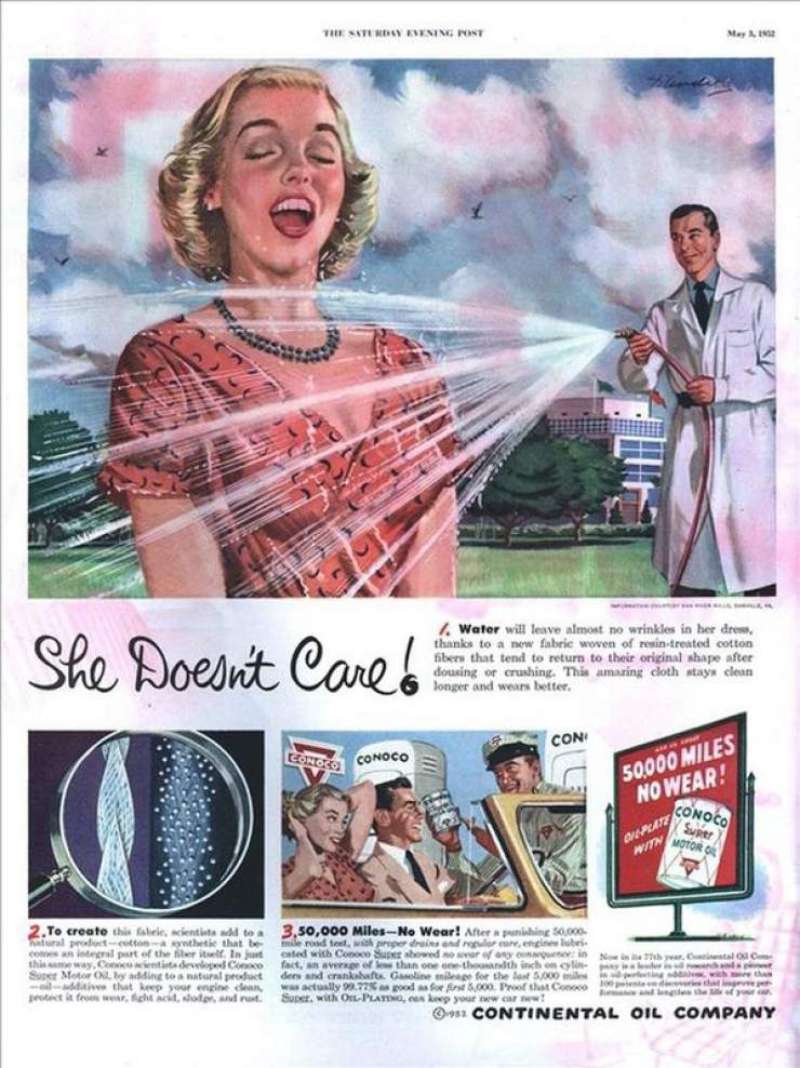
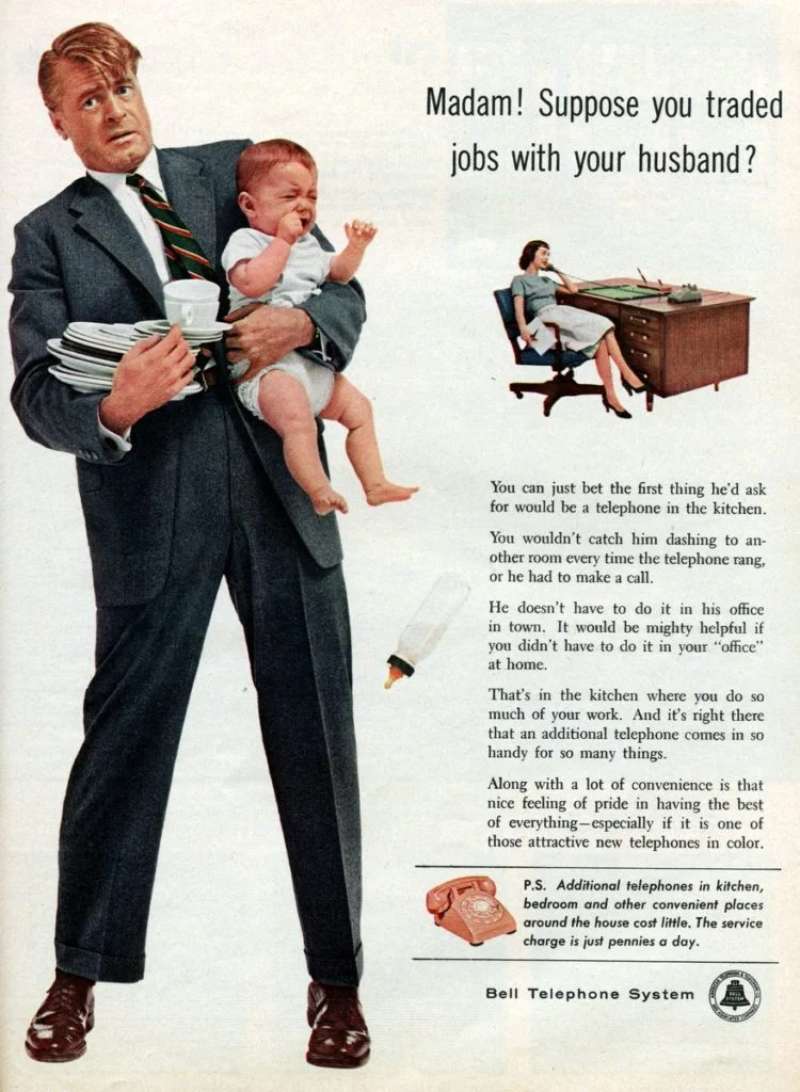
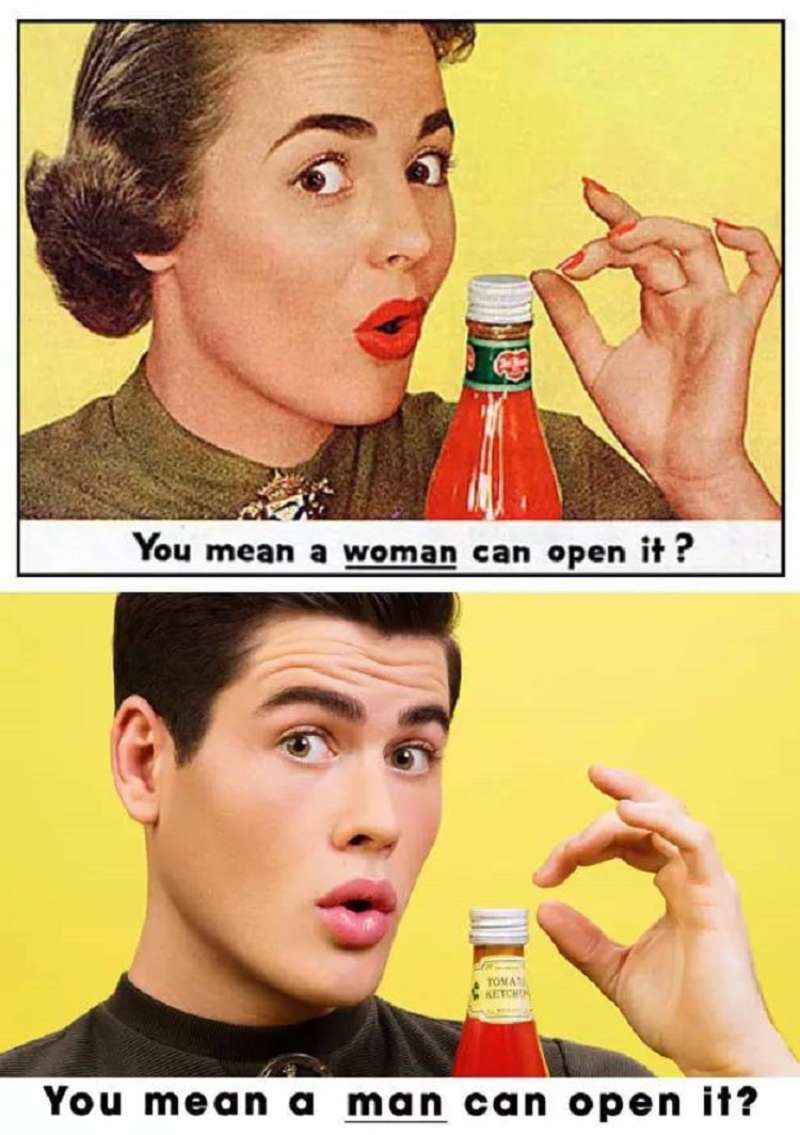
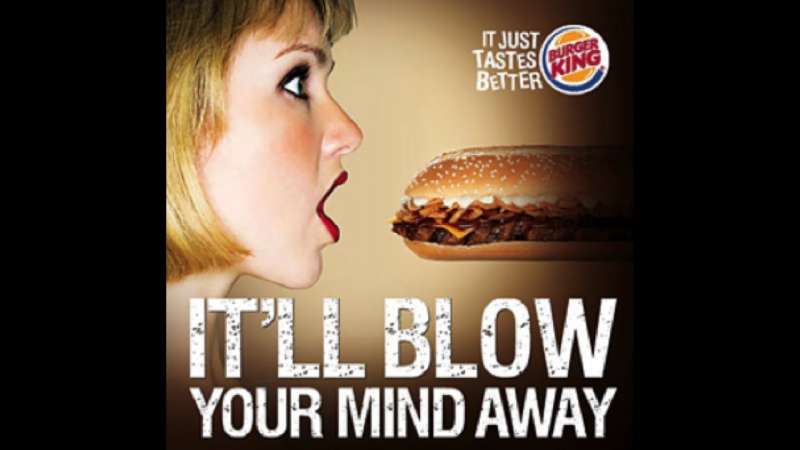
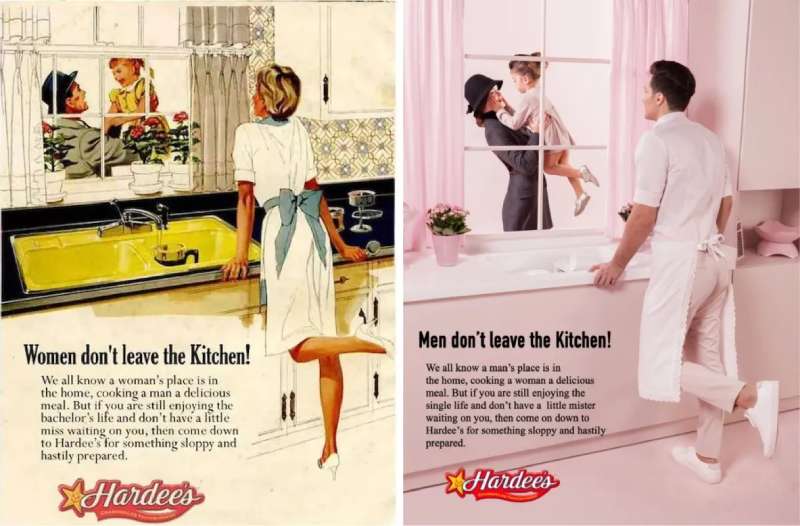
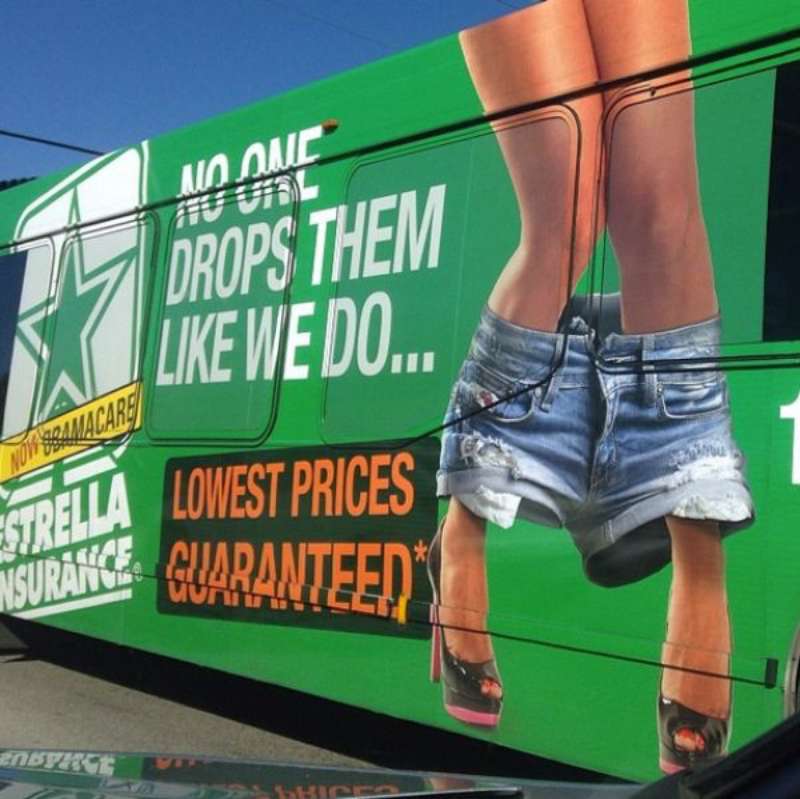
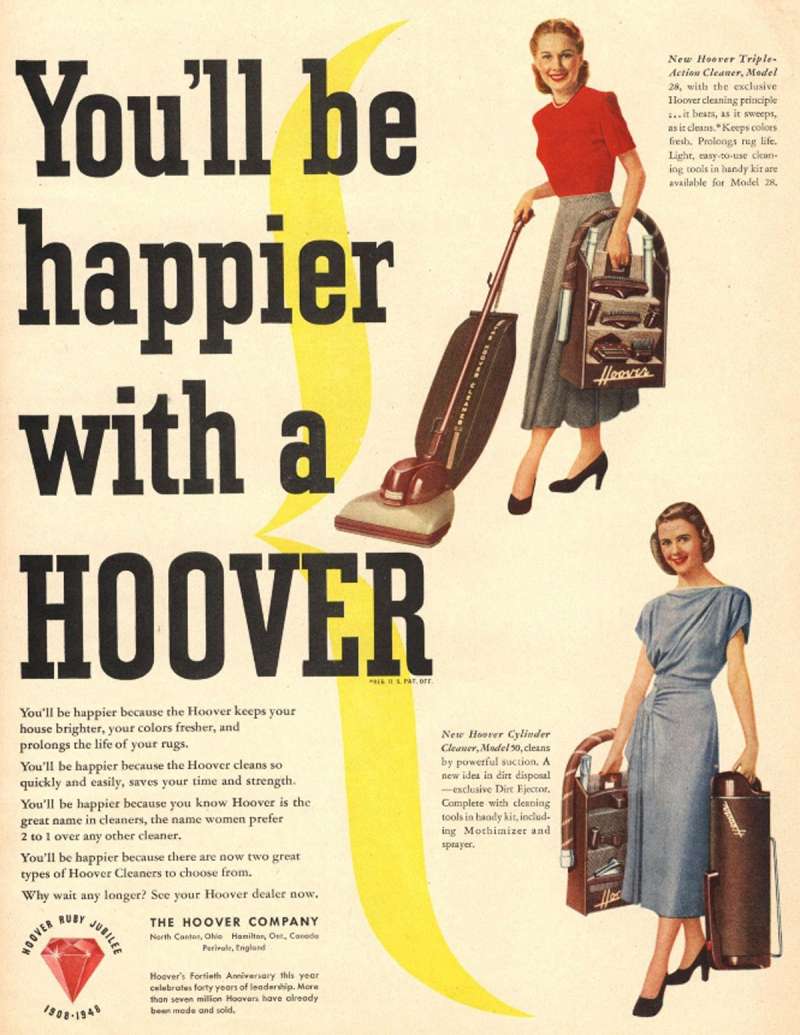
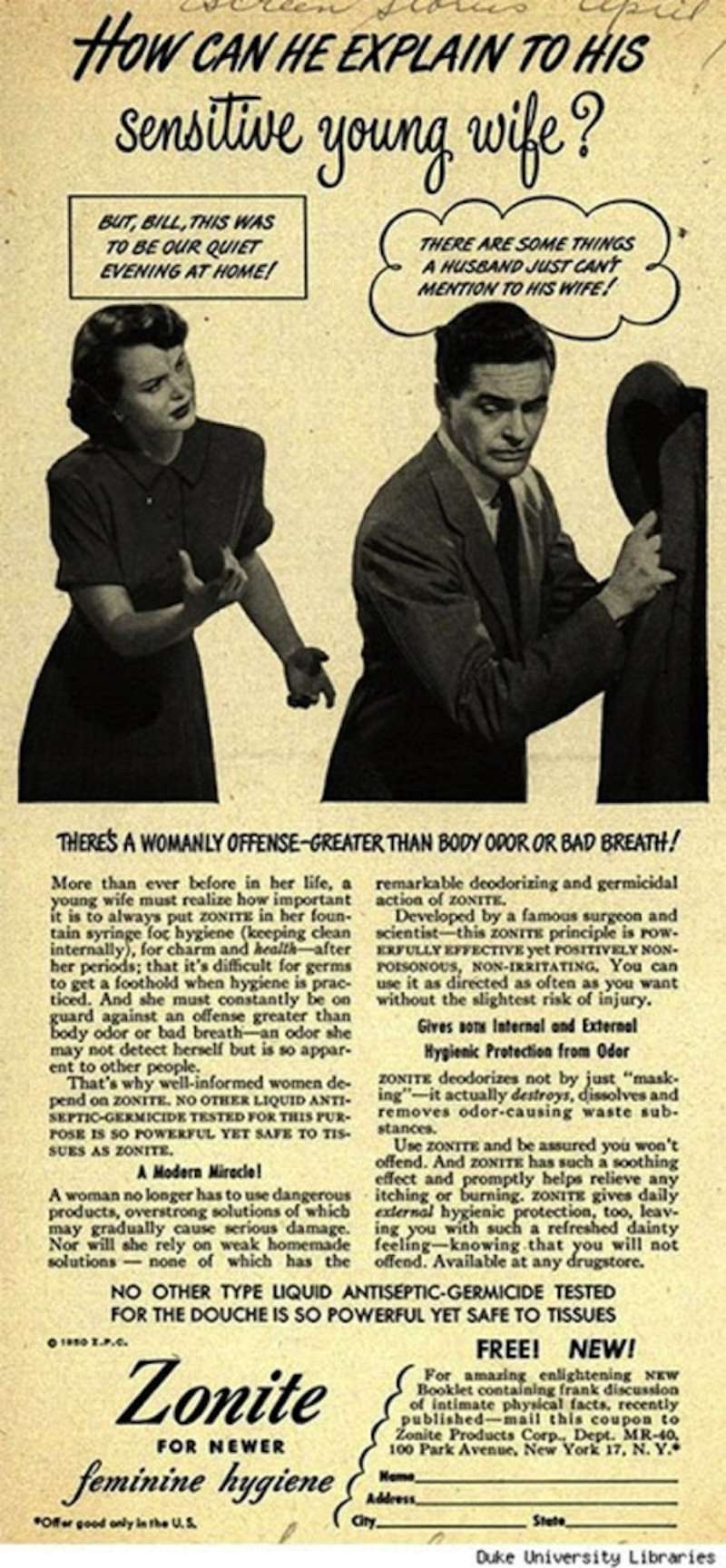
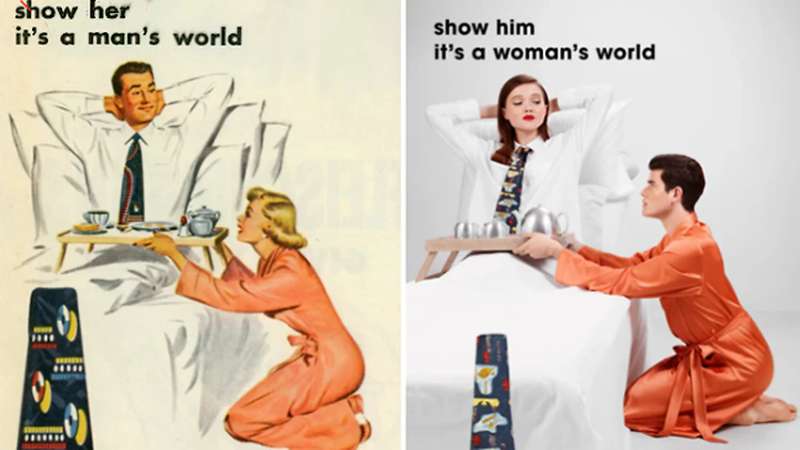
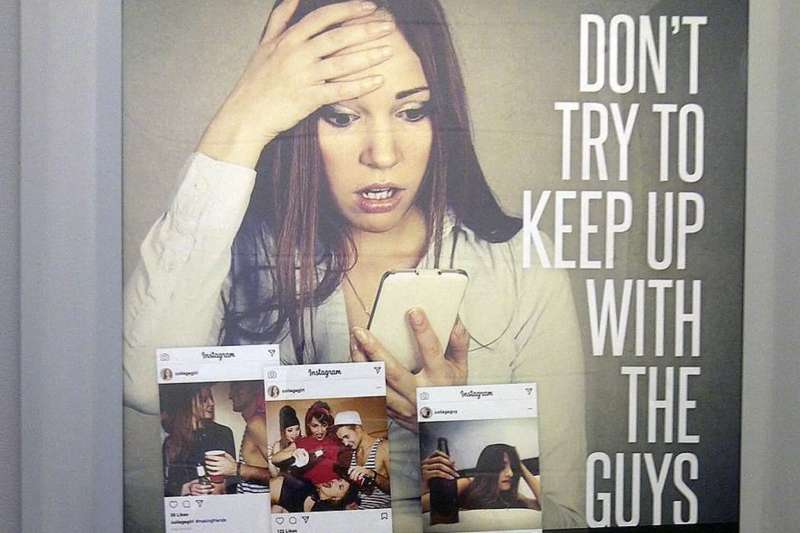
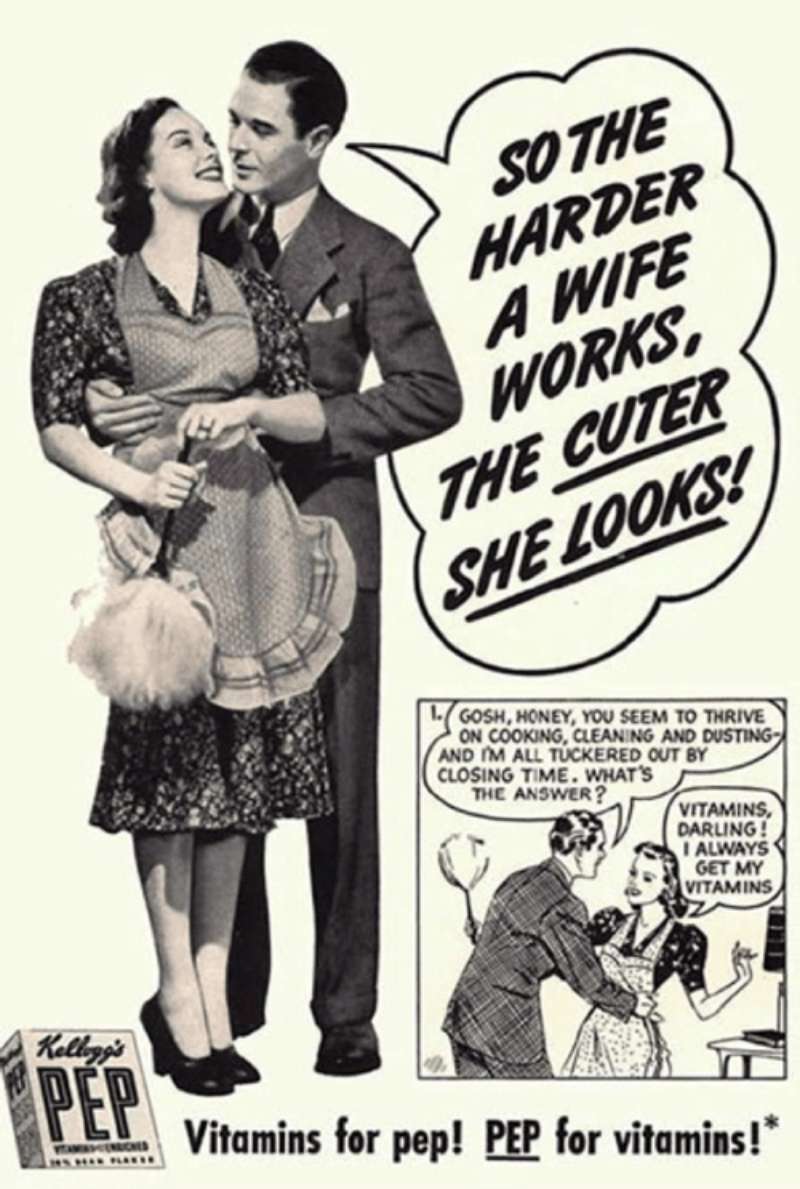
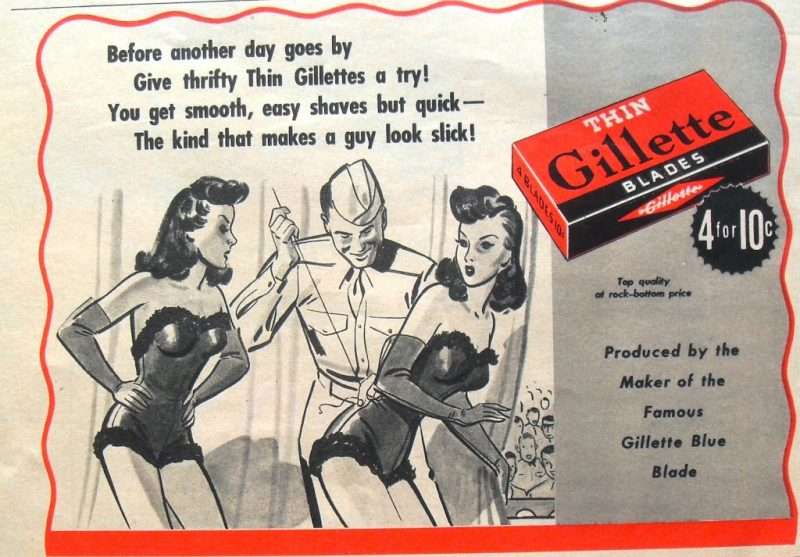







Understanding Sexism in Advertising
Definition of sexism
Sexism, in a nutshell, is discrimination based on gender. But when it comes to sexist ads, there’s:
- Overt vs. subtle sexism: Some are straight-up in your face, like, “Hey, women belong in the kitchen.” Others are sneakier, like suggesting only women should care about cleaning.
- Intersectionality in sexist ads: It’s not just gender, folks. Sometimes these ads mesh sexism with issues of race, class, or other identities. Double whammy, huh?
Consequences of sexist ads
- Impact on societal perceptions: If an ad keeps showing only men as doctors and women as nurses, guess what people start to believe?
- Effects on consumer behavior: Sometimes a sexist ad might make someone think, “Oh, this product isn’t for me.” Other times, it might make them want to boycott the brand altogether.
- Reinforcement of gender stereotypes: Like, really, can we get past the whole “blue is for boys and pink is for girls” thing?
Classic Examples of Sexist Ads
Historical context
Okay, picture this: early 20th century, big fluffy dresses, and…ads that basically treated women like decoration. Or how about post-war times? Women who’d been doing heavy-duty jobs were suddenly back to being “the perfect homemakers.”
Notorious ads from the 60s and 70s
Oh boy, the 60s and 70s were wild. Ads from this time? Loaded with sexist ads.
- Housewife stereotypes: If an alien visited Earth and saw these ads, they’d think women only dreamed about the perfect detergent.
- Depiction of women in workplace settings: Mostly secretaries, rarely bosses. When they were bosses? Often portrayed as, you know, kinda bossy.
Modern Manifestations of Sexism in Ads
Contemporary backlash
The internet has been both a blessing and a curse. On one hand, sexist ads spread like wildfire. On the other, people can call them out, share their thoughts, and even start:
- Hashtag movements: Think #NotBuyingIt or #SexistAdFail.
Examples of modern sexist ads
- Over-sexualization of women: Just because it’s a car ad doesn’t mean we need a woman in a bikini, right?
- Representation of men in “unmanly” situations: Why is a guy mocked for liking, say, pink or for being emotional?
Companies that have made amends
Props to brands that:
- Acknowledged past mistakes: Owning up is the first step.
- Steps taken for more inclusive advertising: Because representation matters.
Analyzing the Impact of Sexist Ads on Society
Effects on young viewers
Kids absorb everything, and sexist ads can shape:
- Formation of beauty standards: What’s “pretty” or “handsome” gets all twisted.
- Gender roles and career aspirations: “Can I be a firefighter or should I be a princess?”
Effects on adults
We’re not immune either. These ads influence:
- Purchasing decisions: Sometimes subtly nudging who should buy what.
- Gender dynamics in households: Creating unnecessary tension or skewed perceptions.
The Way Forward: Advocating for Gender-Neutral Ads
The importance of representation
Diversity isn’t a buzzword; it’s a need. More inclusive ads mean:
- Diversity and inclusion: Let’s get everyone in the picture, shall we?
- The business case for gender-neutral advertising: Honestly, it’s smarter. More relatable = more sales.
Companies leading the change
Kudos to brands that are:
- Progressive ad campaigns: Ads that feel real and relatable.
- Brands that prioritize equal representation: Making everyone feel seen and valued.
FAQ On Sexist Ads
Why do sexist ads still exist in modern advertising?
Despite empowerment in modern ads and the rise of body positivity movements, sexist ads persist.
They’re often the product of deep-rooted gender stereotypes and a failure to evolve with changing societal values. Sometimes, they’re misguided attempts at humor or shock value, hoping to gain viral attention.
What impact do sexist ads have on society?
Sexist ads reinforce harmful gender stereotypes, affecting how individuals perceive and interact with each other.
They contribute to a skewed social narrative where objectification in media becomes normalized, potentially impacting self-esteem and ambitions, especially among young viewers.
How can we identify a sexist ad?
Look beyond the surface. If an ad reinforces gender stereotypes, diminishes a gender’s role to simply physical attributes, or suggests that one gender is superior, it’s likely a sexist ad.
It’s about evaluating the portrayal of women or men against modern standards of gender-neutral advertising.
Has there been a decrease in sexist advertising in recent years?
There’s been a shift, yes. With more brands embracing diversity and inclusivity in ads, we see a trend towards sensitivity.
However, the battle isn’t won. Pockets of sexism in marketing persist—a reminder of the need for ongoing vigilance and reform within advertising ethics.
What can consumers do to combat sexist ads?
Voice out. Utilize social platforms and hashtags like #NotBuyingIt to call out brands. Support ad regulatory bodies by reporting offensive content.
Reward brands that promote gender-neutral advertising with your loyalty. Every tweet, every dollar, is a stance against discriminatory ads.
How do regulatory bodies handle sexist ads?
Entities like the National Advertising Division (NAD) and Advertising Standards Authority oversee the content and context of ads.
They assess complaints, levy fines, or demand removal of ads that breach advertising ethics. These bodies refine policies in response to socio-cultural shifts towards advertising ethics.
Are certain industries more prone to producing sexist ads?
Historically, yes. Industries like automotive, beer, and fashion have often banked on gender stereotypes. Yet, even as we critique past controversial campaigns, we witness change.
The dial moves towards advertising ethics—albeit slowly, and not uniformly across all industries.
Can an advertisement be impactful without being sexist?
Absolutely. Impactful ads resonate through storytelling, humor, or drama—without defaulting to gender bias. Successful ad campaigns by brands embracing diversity and inclusivity in ads prove that you can be compelling and creative without resorting to sexist tropes in media.
What role does feminism play in changing advertising norms?
Feminism raises the flag against gender discrimination in advertising, pushing for a balanced portrayal of all genders.
It’s a catalyst for conversation and change, shifting the needle away from misogynistic advertising towards a more equitable media influence on gender perception.
How has the digital age influenced sexist advertising?
Digital platforms amplify both the reach of sexist ads and the backlash against them. With online communities, the reaction to gender bias in commercials is swift and potent.
Digital advertising requires a nuanced approach, balancing creativity with the audience’s heightened sensitivity to advertising ethics.
Conclusion
Crafting visuals, we wield power. Power that shapes narratives. Today, we’ve canvassed the grainy celluloid of sexist ads—a realm where gender bias has too often been the director. Yet, painting with broader strokes of ethics and sensitivity, a fresher tableau emerges.
We’ve seen:
- Shadows of stereotypes recede under illumination.
- Diversity sketching out richer, fuller stories.
- Empowerment replacing objectification in our visual language.
In this closing frame, reflect:
- Advertising ethics aren’t just words on paper; they’re the steel beams upholding our industry’s integrity.
- Every pixel in an ad carries weight, coloring perceptions of gender roles.
- A whisper against inequality—your voice—can crescendo into a movement.
We’re not just designers. We’re architects of thought, engineers of social fabric. Bearing this mantle, stride boldly. Let the banners we raise be unwavering beacons—gender-neutral and irrefutably inclusive. Our legacy is the culture we etch upon the world’s canvas. Let it be one of enduring balance and beauty.
If you liked this article about Sexist ads, you should check out this article about Vintage ads.
There are also similar articles discussing Funny ads, Verizon ads, Uber ads, and AT&T ads.
And let’s not forget about articles on Colgate ads, Valentine’s Day ads, Gap ads, and H&M ads.
- Bright Color Palettes for Eye-Catching Designs - 18 May 2024
- Venmo’s Visual Voice: What Font Does Venmo Use? - 18 May 2024
- The Hoegaarden Logo History, Colors, Font, And Meaning - 17 May 2024



